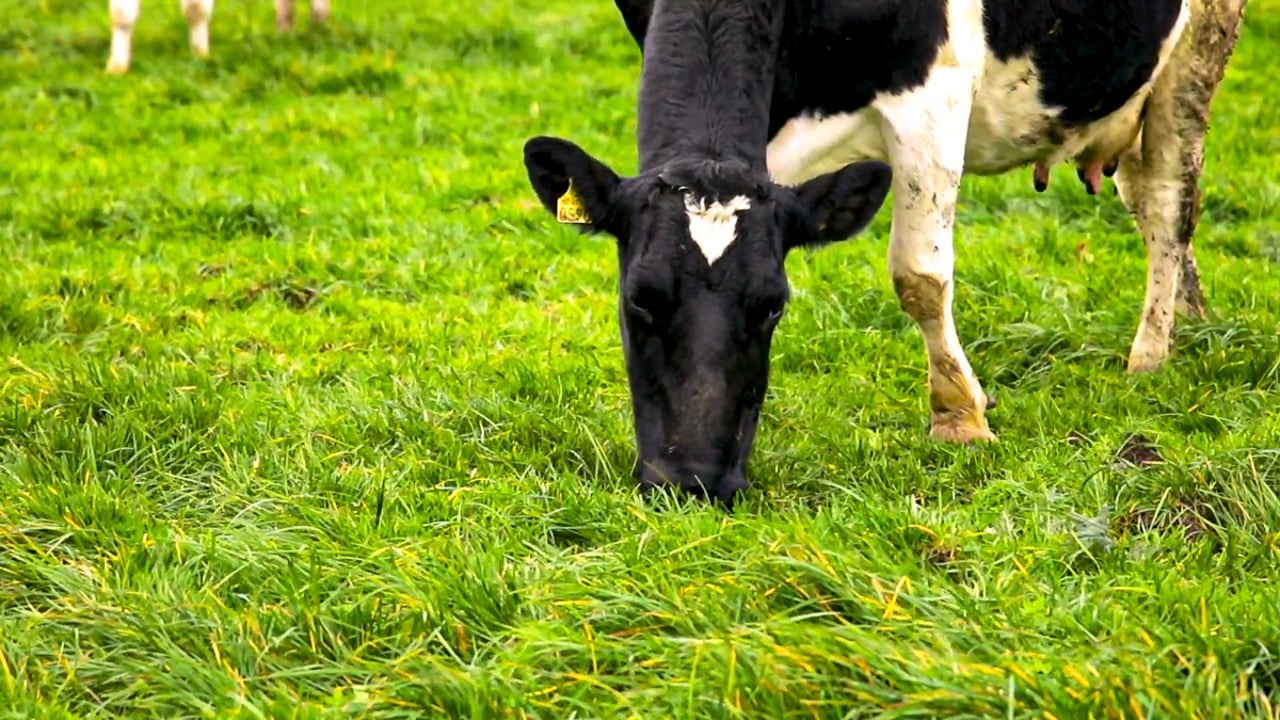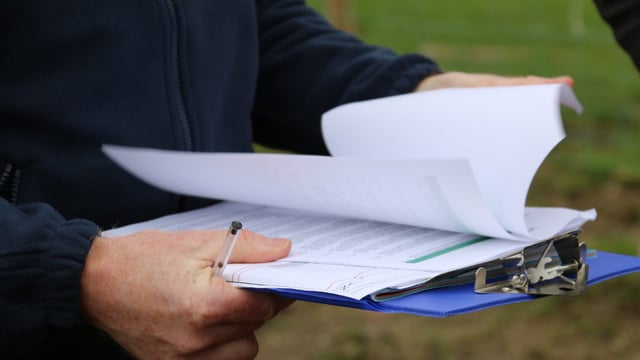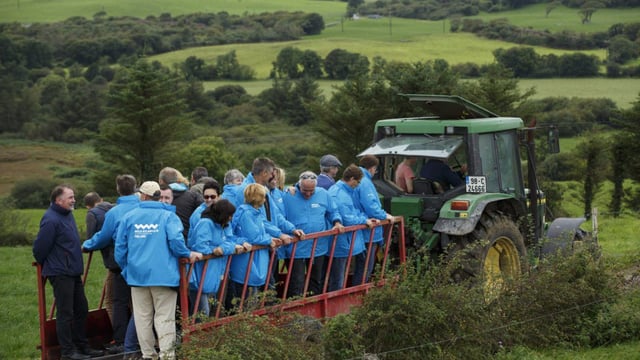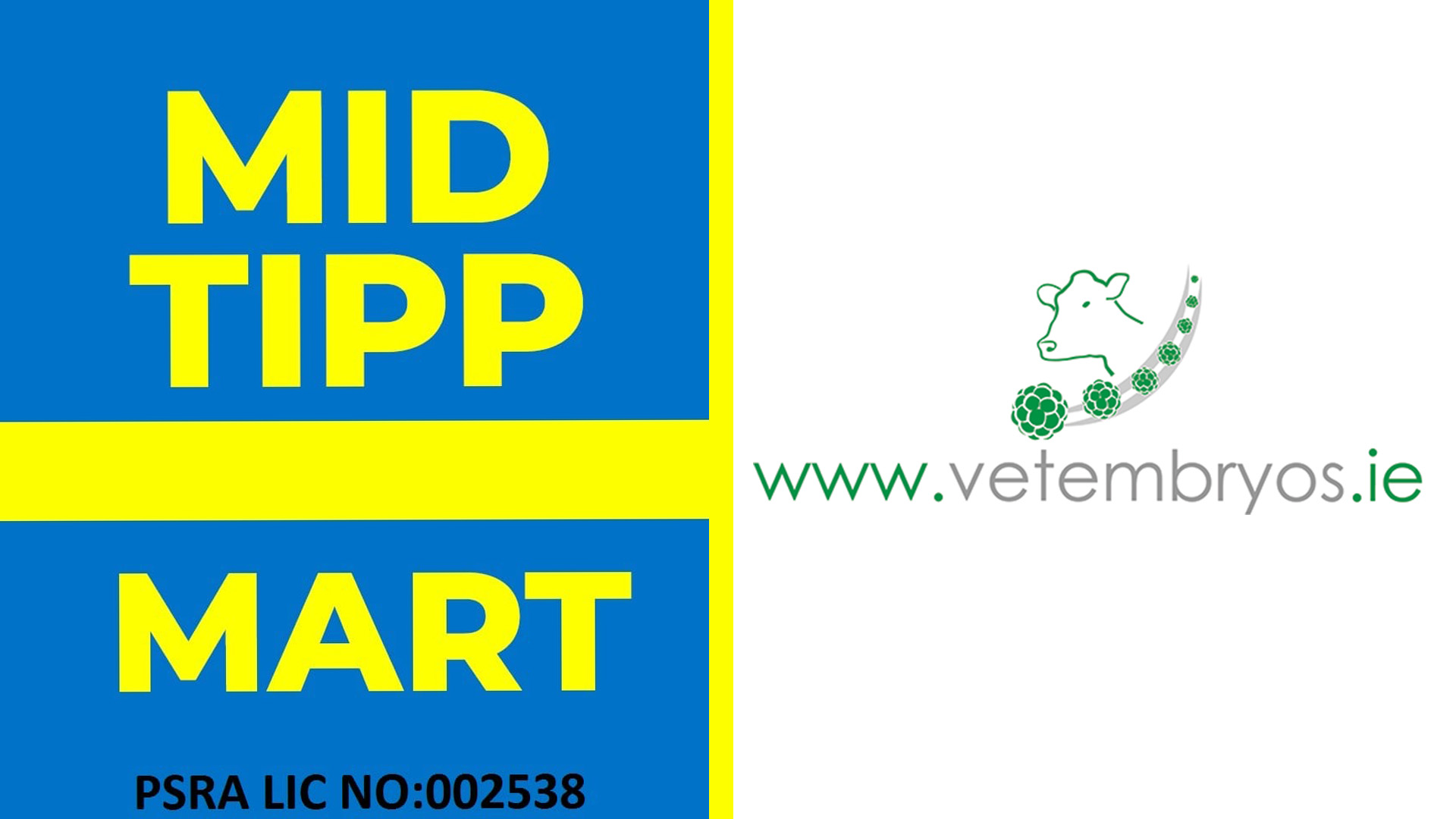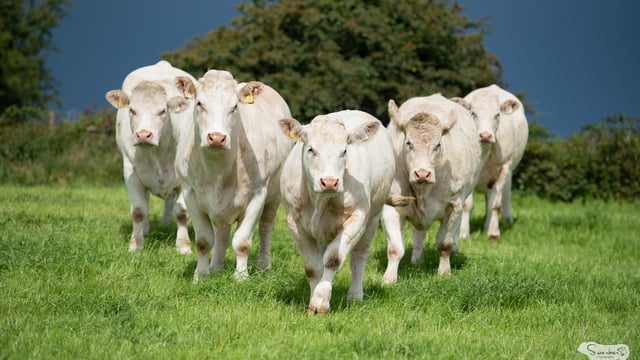Teagasc publishes booklet on developments in heavy soils
Teagasc has released a booklet detailing the progress and developments in its Heavy Soils Programme over the last 10 years.
The programme was set up in 2011 to develop a network of dairy farms on poorly drained soils to act as a "test bed" for strategies and management practices.
The aim was to improve the efficiency and performance of farms dominated by such soils, which account for 30% of grasslands nationally.
The booklet is titled 'Lessons Learned - Key Findings of the Teagasc Heavy Soils Programme'. It was released today (Thursday, May 6).
The key focus areas of the programme to date have been land drainage design; soil characterisation and land management; soil fertility and nutrient use efficiency; grassland management; and farm infrastructure.
Since the beginning of the programme, herd size on the participating farms has increased by approximately 32% from the 2011 level, with a corresponding increase in milking platform stocking rate from 2.12 to 2.82 cows/ha.
Herd EBI has increased from €84 in 2011 to €139 in 2020.
The average output in terms of milk solids per hectare has increased from 850kg/ha in 2011 to 1,405kg/ha in 2020, an increase of 65%. Average gross output in value terms ranged from €2,935/ha in 2016 - when milk price was at its lowest - to €4,530/ha in 2018.
Grass production is measured by regular farm walks and recorded and managed using Teagasc Pasturebase. Annual grass production has shown a steady increase over the period of the programme, Teagasc says.
An on-going review of poorly performing paddocks allows for investment to be planned with regards to land drainage works; soil fertility improvements; reseeding; and grazing infrastructure.
Commenting on the contributions of the 10 farmers involved in the programme, its manager, Patrick Tuohy, said: "The openness of each farmer has been crucial to the sharing of information with other farmers, visitors and the wider public.
The booklet can be found here.

